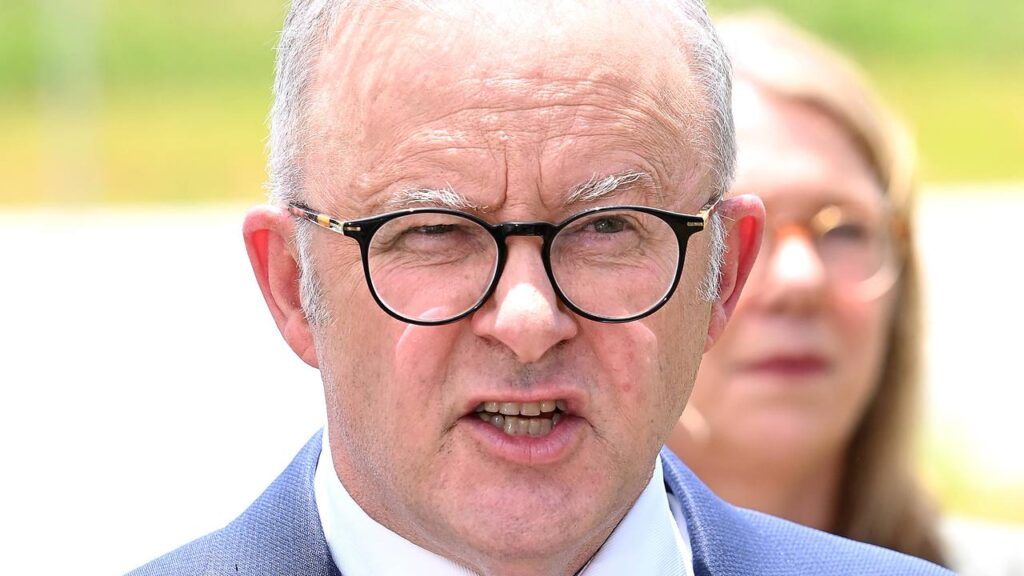New data from the Australian Bureau of Statistics (ABS) reveals that inflation has increased over the past 12 months, reaching 2.3% in November.
This is up from 2.1% in October, exceeding expectations of a 2.2% growth.
What’s Behind the Increase?
So, what’s driving this surge in inflation? The main culprits are spending on food, drink, tobacco, and alcohol, as well as recreation.
On the other hand, falls in power and petrol prices have helped offset these increases.

According to Michelle Marquardt, ABS head of prices statistics, “Annual CPI inflation has risen since last month, in part due to the timing of electricity rebates.”
Interest Rates: Will They Be Cut?
The good news is that core inflation has actually fallen, which improves the chances of the Reserve Bank of Australia (RBA) cutting interest rates as early as February.
Bendigo Bank Chief Economist David Robertson notes, “Inflation data released today was again supportive for RBA rate cuts in the first half of 2025, although we will need more constructive data in the coming weeks to support a February cut.”
However, he still expects the first cut to be in May, with a reduction of 35 basis points to 4%.
Winners and Losers
So, who’s benefiting from these changes? Borrowers are likely to be the winners if interest rates are cut. On the other hand, savers may see their savings earn less interest.
The suburbs with the richest residents may also see changes in their purchasing power.
What’s Next?
As we move forward, it’s essential to keep an eye on the data. With the monthly price for petrol rising 0.9% in November, the first increase since June last year, it’s unclear what the future holds.
One thing is certain, though: food and beverage prices are still on the rise, albeit at a slower rate. Rent values continue to increase steadily, while dwelling prices are slowing down.

